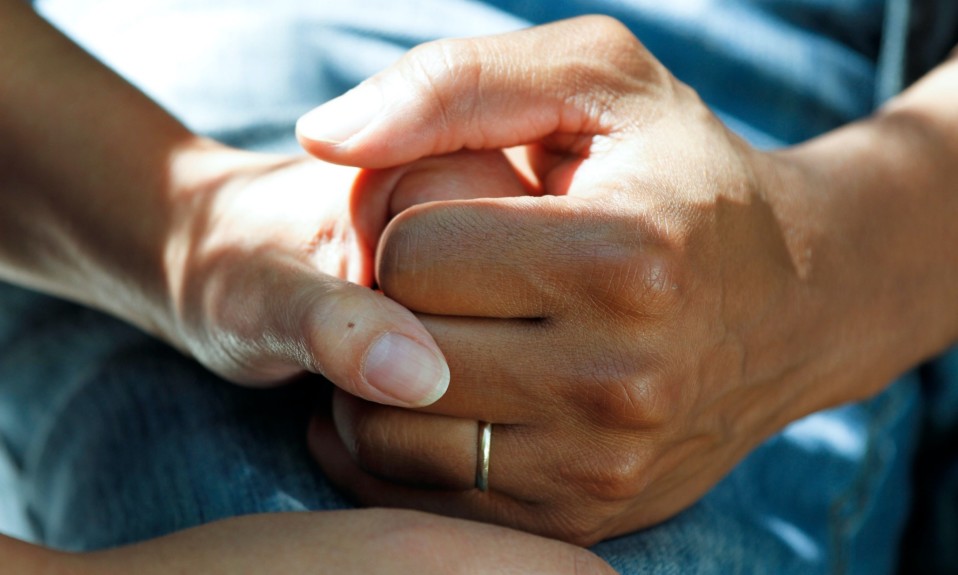This treatment approach reconnects patients and families in the substance recovery process
By Jason Langendorf
October 1, 2020This look at Family Systems Therapy is part of a regularly published “Addiction Therapy Spotlight” series by TreatmentMagazine.com looking at the spectrum of treatment recovery approaches and models.
Being a kid is hard. For most of us, adolescence is a minefield of failed social experiments, awkward self-discovery and painful lessons in relationship-building. The circumstances surrounding those challenges sometimes lead to substance use and abuse, which only compound the confusion and difficulty so many face in navigating a safe path from childhood to adulthood.
So if this stuff is so hard for a kid to figure out, how can their loved ones have any hope deciding how best to support them?
Some addiction specialists are turning to family systems therapy (FST) for some of those answers. Treatment for substance use disorder within the context of family therapy isn’t a new discipline, but its central premise—that the family is an evolving ecosystem subject to the ripple effects of all its members, not just the identified patient (IP)—is reflective of modern therapeutic approaches.
According to “Substance Abuse Treatment and Family Therapy,” a treatment improvement protocol from the Substance Abuse and Mental Health Services Administration (SAMHSA), “[i]t is important to understand the complex role that families can play in substance abuse treatment. They can be a source of help to the treatment process, but they also must manage the consequences of the IP’s addictive behavior. Individual family members are concerned about the IP’s substance abuse, but they also have their own goals and issues. Providing services to the whole family can improve treatment effectiveness.”
An effective family systems therapist is similar to a good investigative journalist, who must dig through the facts of a case, follow leads and intuition, then determine how all the pieces affect one another and the larger picture—in this case, the patient’s well-being and recovery options.”
Julie Anne Laser-Maira, MSW, LCSW and Ph.D., professor at the Graduate School of Social Work at the University of Denver and co-founder/executive director of Colorado Clinical Therapy, is the author of four books focused on family systems and resilience-building in adolescents.
Her research has focused on protective factors and potential risks for adolescents, elements beyond chemical dependency or the effects of particular substances that can influence an individual’s decision-making, vulnerabilities and more. Frequently, the family plays an outsized role in the nature and magnitude of those influences.
How Family Systems Therapy Works
“If you’re doing therapy with a kid, you are always working with the family, and often the extended family as well,” Laser-Maira says. “One of the things that we’ll do is a genogram and an eco map. The genogram is basically a family tree: Who are the people that are directly connected to you and then who are the people that are outside of you? A genogram can actually be biologically connected or not, depending on who they consider to be in the family. But an eco map is: What are the major drivers in your life and how do those different things kind of connect you? And then you put the person in the middle and talk about all these things. That can help you understand who their family system is.”
Through meetings with different combinations of the patient and those in their circle, a family systems therapist draws a clearer picture of the boundaries and interconnectivity of those relationships, while determining the patient’s own strengths and vulnerabilities.
“They can be internal characteristics like optimism, intelligence, that internal self-advocacy, a kind of stick-to-it-iveness,” Laser-Maira says. “But then in their other spheres of life, in their family system, we consider protective factors in the family system, like having supportive parents—feeling like their parents are connected to them, that they can talk to their parents. In the school system: whether they feel good at school and have people they can talk to there. In their neighborhood. We call it collective efficacy, which is the idea that neighbors look out for each other and support each other. In other spheres, too, with their peers. What are the things that support us?”
A family therapist would also try to determine environmental factors and developmental issues—from physical abuse, neglect, depression, domestic violence, a parent’s own mental health or substance struggles, bullying, neighborhood violence and more.
“In the short view, you’re hoping that the substance use is not creating a relationship apart from the family, so that the kid or adult is no longer engaged with the family anymore.”—Julie Anne Laser-Maira, MSW, LCSW and Ph.D., executive director at the Graduate School of Social Work at the University of Denver and co-founder of Colorado Clinical Therapy
An effective family systems therapist is similar to a good investigative journalist, who must dig through the facts of a case, follow leads and intuition, then determine how all the pieces affect one another and the larger picture—in this case, the patient’s well-being and recovery options.
Healing for the Patient and Family
Doug Tieman, president and CEO of Caron Treatment Centers, believes it’s important when treating patients to also help family members “get well.” A strengthening of individual family members builds a stronger family unit, and thus a stronger support network for the patient.
“There’s a term we use called enabling,” Tieman says. “Family members, because they love their family member, want to be supportive. Unfortunately, people suffering from addiction have learned how to turn that love and kindness and compassion into enabling their disease. So they bail him out of jail, they continue to support bad ideas. With family, we try to help them understand, first of all, you did not cause this illness. The second part is, you are not going to control this illness and you are not going to cure their illness. You have to take care of yourself. And if you are healthy, it actually helps them get healthy.”
This may be especially important for adolescents struggling with substance use disorder. Laser-Maira says young people are subject to their “emotional brain” into their mid- or late 20s, until their “logical brain” begins to have greater influence. Anyone who has raised a child to adulthood likely relates to the difficulty of reasoning with, and opening lines of communication to, a teenager. Now add substance issues to the mix, as well as today’s unique technological and cultural challenges—from cyberbullying to the weakening of the muscles around social intimacy and relationship-building—and you can imagine how important it is to prepare and strengthen the entire family around a patient as part of the recovery process.
In Family Systems Therapy: “Trust but Verify”
Laser-Maira emphasizes the importance family members striking a balance between faith in their loved one and a healthy skepticism of the disease. “Trust but verify,” she says. Maintaining an understanding that the patient may be under the influence of forces beyond their control—including, possibly, a resistance to asking for help—can help family members steel themselves for a healthy role in the patient’s treatment.”
“You empower them,” Laser-Maira says. “Hey, you know your family better than I do. What are the kinds of things that would really work with your family to move it along? So you get in there, talk about different things, hold them accountable and move them forward. When you have a kid abusing substances or acting out in different ways, there’s something in the system that isn’t working well. It’s not anyone’s fault, but it’s the way that the whole system is not functioning in a normal, healthy way. In the short view, you’re hoping that the substance use is not creating a relationship apart from the family, so that the kid or adult is no longer engaged with the family anymore.”
“And you’re hoping that the family is able to create boundaries around that substance so that it’s a healthy place for all of them to be,” she adds. “If the drug is one of the connectors, if the kid is more related to the drug than they are to their parents anymore, then you need to bring that kid into the family again so that the family can be a support.”
Photo: Patricia Prudente












